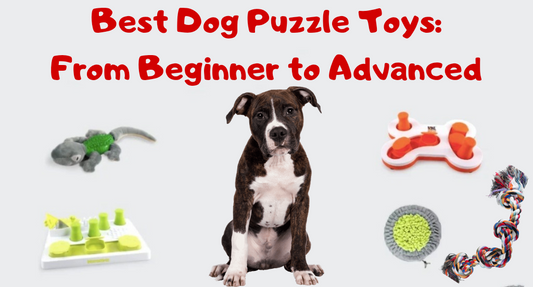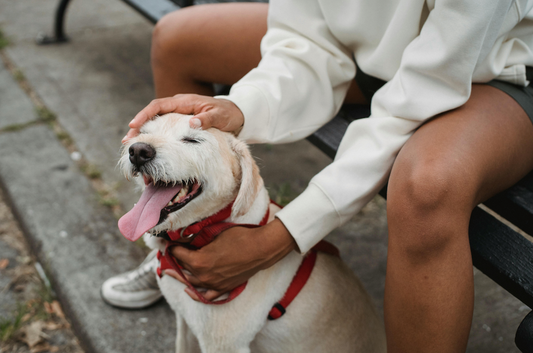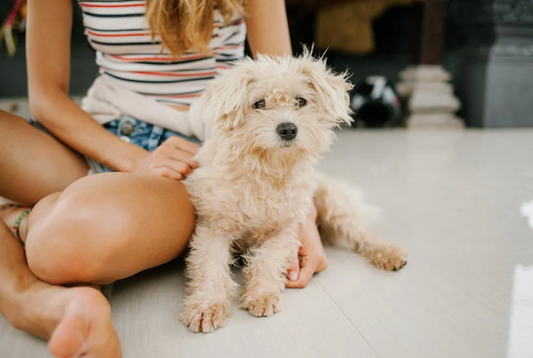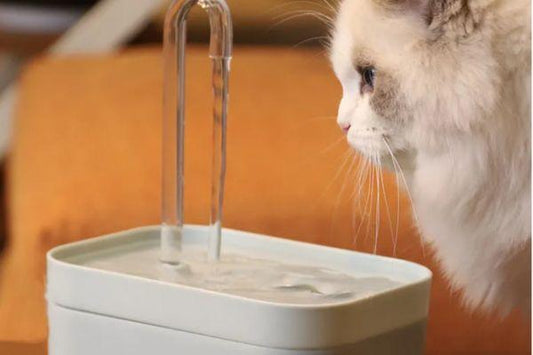How to Clean Your Dog’s Teeth at Home: A Step-by-Step Guide
Maintaining your dog's dental health is as crucial as taking care of their diet and exercise. Regular dental care not only prevents bad breath but also wards off serious health issues like gum disease and tooth decay, which can lead to systemic health problems. Here's a comprehensive guide on how to clean your dog's teeth at home, ensuring they maintain a healthy mouth throughout their lives.
Start Early and Go Slow
If possible, introduce your dog to teeth cleaning when they're a puppy. This helps them get used to the sensation. However, it's never too late to start. Begin by letting them taste a little bit of pet-safe toothpaste, gradually moving to rubbing their teeth and gums with your finger.
Choose the Right Supplies
Select a toothbrush designed for dogs—either a finger brush or one with a long handle for easier reach. Canine toothpaste is essential, as human toothpaste contains ingredients that are toxic to dogs. These come in flavors appealing to dogs, such as poultry or beef, making the experience more enjoyable for them.
Create a Positive Environment
Ensure the setting is calm and relaxed before starting. You might want to engage in some playtime to tire them out a bit. Have plenty of treats on hand to reward them for their cooperation.
The Cleaning Process
- Let Your Dog Taste the Toothpaste: Allow them to lick some off your finger so they can get used to the flavor.
- Touch the Teeth and Gums: Before using the brush, gently rub your finger along their gums and teeth to get them accustomed to the sensation.
- Introduce the Toothbrush: Let your dog sniff and lick the toothbrush with some toothpaste on it, so they recognize it as non-threatening.
- Brush Gently: Lift their lips and gently brush in a circular motion. Focus on one side of the mouth at a time, paying particular attention to the back teeth where plaque tends to accumulate.
- Be Patient and Consistent: Initially, you may only be able to brush for a few seconds. Gradually increase the time as your dog becomes more comfortable.
Frequency
Ideally, you should brush your dog's teeth daily, but if that's not feasible, aim for at least three to four times a week.
Spot Signs of Dental Problems
While cleaning, look out for signs of dental problems, such as bad breath, swollen gums, or loose teeth. If you notice any of these, consult your veterinarian.
Supplement with Dental Toys and Treats
While not a replacement for brushing, dental toys, treats, and chews can help reduce plaque and tartar buildup. Ensure they are safe and appropriate for your dog's size and chewing habits.
Regular Veterinary Check-ups
Professional dental cleanings and examinations are essential for maintaining your dog's dental health. Your vet can address any issues before they become serious problems.
Cleaning your dog’s teeth at home is a vital part of their overall health care regimen. With patience, consistency, and the right tools, you can ensure your furry friend keeps their gleaming smile for years to come. Remember, a healthy mouth leads to a healthier, happier dog.







